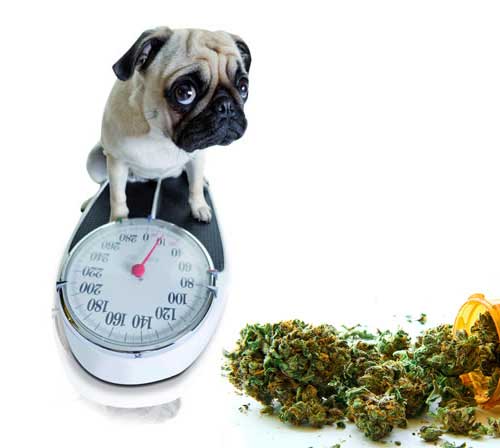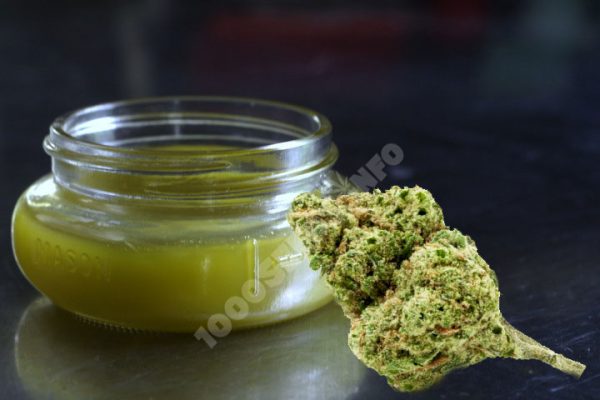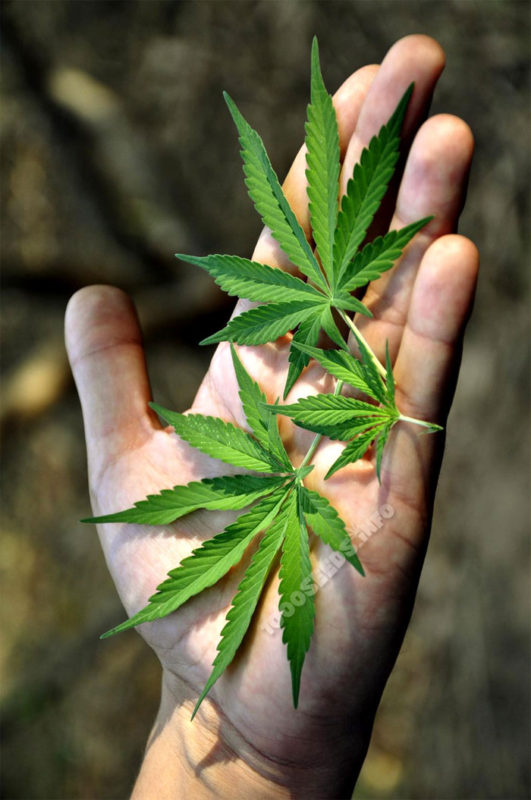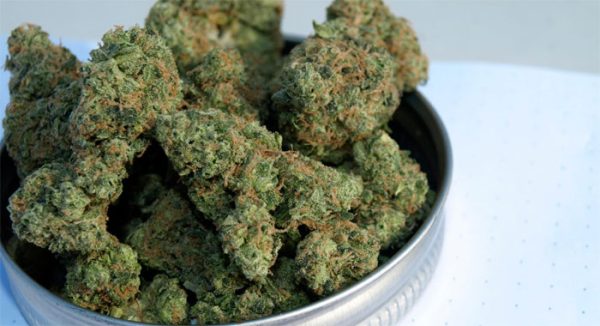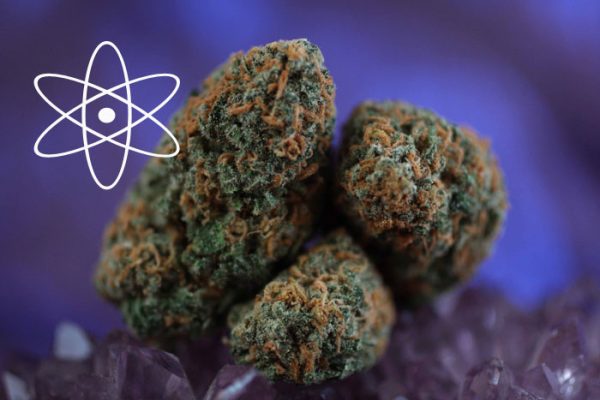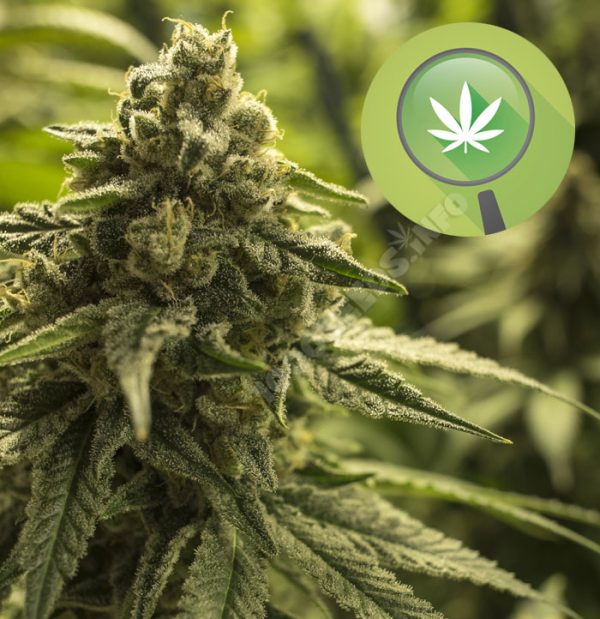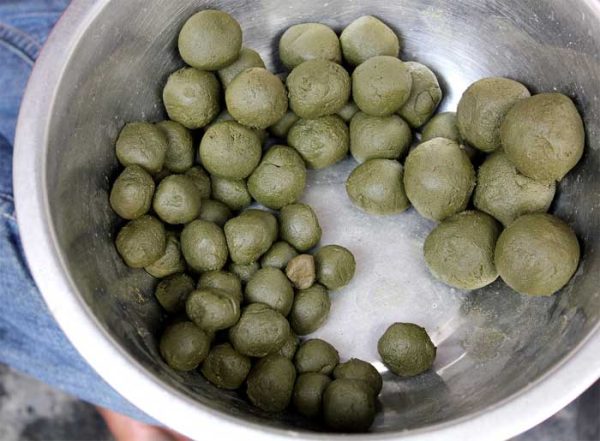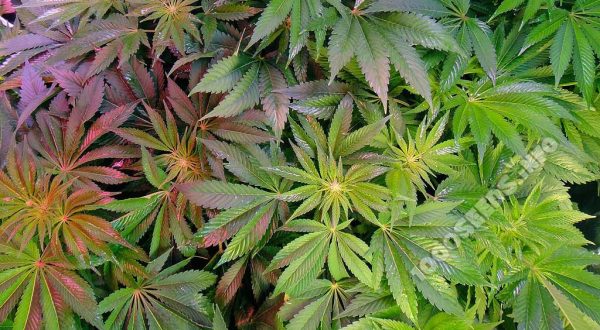Cannabis roots in medicine
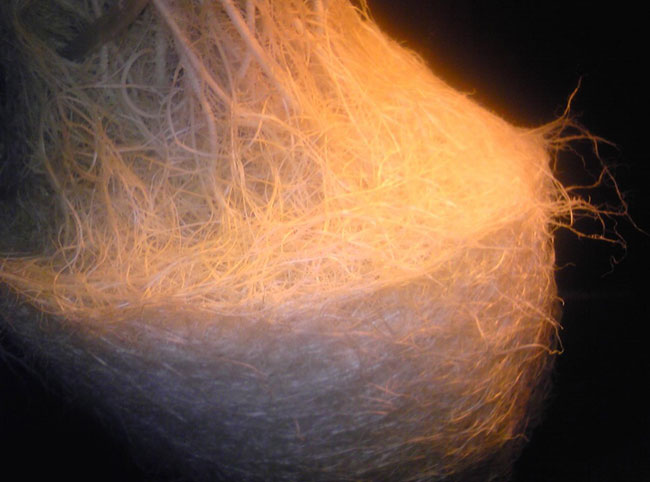
The uses of the cannabis plant are varied and far-reaching. The fibres, leaves, flowers, seeds and resin of the plant can be used and their uses are relatively well known. But what about the root of the cannabis plant?
Our ancestors knew exactly about the different properties of herbs and the special applications of cannabis. Unfortunately, this knowledge was often lost or pushed into the background due to the logically incomprehensible prohibition of the medicinal plant cannabis and the advance of the pharmaceutical industry. Cannabis roots were already contained in ancient Chinese medicines. The first time cannabis roots were mentioned as medicine was in the often quoted Chinese herbal medicine book Shennong pên Ts'ao ching, which originated around 2500 BC. Dried and ground cannabis roots formed the basis of a porridge-like mass that was used to relieve the pain of broken bones or operations, for example.
The marijuana roots were squeezed to extract the fresh juice from them or a tea was boiled, which served as both a diuretic and a haemostatic for bleeding, for example after childbirth or other bleeding.
The English physician William Salmon wrote in the early 18th century that sciatica and hip joint pain could be treated with the help of poultices made from a mixture of cannabis roots and barley flowers. From the end of the 18th to the 20th century, American doctors prescribed boiled hemp roots to treat inflammation, incontinence or venereal diseases.
Experiences with the use of cannabis roots in our time

Raw and crushed cannabis roots were used in traditional medicine for burns, skin diseases and cuts.
In Argentina, hemp roots were traditionally used until the (19)60s for fever, gastrointestinal disorders and general improvement of health and well-being. Nowadays, some growers and patients, especially in the USA, use cannabis roots to treat a variety of symptoms.
Some patients make their own tea by simmering the dried and powdered cannabis roots for 12 hours or more at very low heat. Cinnamon bark, aniseed or other spices and medicinal herbs are often added. After the long simmering, the tea is strained and can be drunk. The remaining plant mass can be boiled again and thickened to a sticky extract. It then serves as a base for tinctures or creams. There is also the option of boiling the roots in oil for topical use.
The American company Hemp-EaZe specialises in the production of cannabis root preparations for topical application. According to the company, these products, which are mixed with other medicinal oils such as comfrey, lavender, sage and burdock root oil, can effectively treat a whole range of diseases: for example, psoriasis, eczema, arthritis, joint pain or even fibromyalgia.
Cannabinoids and active substances in the roots
Cannabis roots contain a certain amount of cannabinoids, especially CBD. How high the respective concentration is depends on the variety, plant and also the environmental factors in which the plants used were grown. However, the cannabinoid concentration in the roots of the marijuana plant is generally quite low compared to the flowers and small leaves on the flowers. Cannabis roots, however, contain other interesting medicinal substances besides cannabinoids. The roots consist mainly of lipids and sugars, in small amounts also alkaloids, terpenes and various other substances that could be isolated.
In 1971, an ethanol extract from cannabis roots was found to contain the terpenes friedelin, ketones belonging to the pentacyclic triterpenes and epifriedelinol. Friedelin is thought to have a liver-protective function and an antioxidant effect, epifriedelinol has shown an antitumour effect in studies. Several ketones are thought to lead to apoptosis (cell death) of cancer cells. They are also thought to reduce inflammation, pain and bacterial infections and have diuretic and immune system effects.
Some of the alkaloids found in cannabis roots are also of medicinal importance. The two alkaloids piperidine and pyrrolidine were found in the roots, as well as in the stems, leaves, pollen and seeds. These alkaloids can have strong toxic effects in high doses. However, they have been shown to have various therapeutic effects in smaller doses. Piperidine is used as a chemical component for various medicines, especially psychiatric drugs such as paroxetine. Pyrrolidine is also used as an ingredient for a certain type of stimulant, these are known as racetams.
Furthermore, cannabis roots were found to contain small amounts of atropine and choline. Choline is an important substance and the precursor of the neurotransmitter acetylcholine. Acetylcholine is essential in maintaining healthy cell membranes. Thus, it is now assumed that women after menopause are most likely to be deficient in choline. A tea made from hemp roots, it is thought, could therefore significantly increase general well-being. Atropine is a drug that dilates the pupils and relaxes the eye muscles. It also has bronchodilator effects and is used to increase the heart rate (e.g. resuscitation).
Cannabis roots and sex
As it turns out, cannabis roots develop differently depending on gender. A complex genetic interaction determines the sex and root growth of the plant. A study on cannabis varieties from Russia showed that in young cannabis plants 80-90 % of the cuttings become male plants if they were cut above the root, then cultivated as cuttings and kept in an aerated nutrient solution. The prerequisite here was that all new roots were cut off immediately after emergence. If the roots were allowed to regenerate, 80-90% of the cuttings developed into female plants.
Ensure healthy roots

For the care and training of the roots, there are various special pots which particularly stimulate increased root growth: e.g. Airpot or Root Pouch.
Those who wish to use the roots of the cannabis plant are particularly well served with a hydroponic or aeroponic system well served. Here, cannabis plants show explosive root growth under the ideal conditions and the root zone remains free of soil.
Roots should not hit the walls of the pot and then grow around the container, because this leads to twisted, strangulated roots that can then transport fewer nutrients. Air pruning", i.e. pruning the roots and dead root parts in the air, allows the roots to stay healthy, improves the well-being of the plant in general, ultimately provides more abundant yields and is especially recommended for plants that stand for a very long time, such as mums and cannabis plants that have a long vegetation period.
It is best to make sure that the outside of the pots or planters are sufficiently ventilated so that the roots get as much fresh air as possible. The best way to do this is to use Ventipots, Root Pouch or Airpots, which all have air-permeable and ideal outer walls for the root zone. To increase the air flow in the root zone of the plants, a fan can also be used.
Make your own natural healing ointment from cannabis roots

Aniseed, cinnamon and cloves can be added to the ointment made from cannabis roots to increase the aroma and also the medicinal effect. First, the roots of the cannabis plant are dried. It should be an organically grown plant that could not contain chemical fertiliser residues. The dried roots are then pulverised with a mortar and blender.

The coarse powder is now cooked with oil (olive oil, coconut oil, sesame oil, etc.) and water at very low heat for up to 12 hours. Mixing ratio 3: 1 (e.g. six cups of water, two cups of oil). The volatile components such as terpenoids and cannabinoids dissolve in the oil. Adding water prevents the mixture from drying out and frying the roots. The cooking mixture should be checked again and again at shorter intervals. If quite a lot of water has already evaporated, simply add more.

After cooking for hours, the mixture is poured through a sieve. Now the strained liquid is placed in the freezer and after some time the water is frozen. The volatile oils, however, rise to the surface and can be easily skimmed off. At this temperature, oils usually have a semi-solid and waxy consistency. At room temperature, the oils increasingly volatilise and become transparent.
When the oil has been skimmed off the ice, it can be reheated. You can now add some beeswax to get a more viscous and spreadable consistency. The best way to achieve the desired consistency is to use the try-and-error method 🙂 . At this point, you can also add essential (natural) oils to the mixture to improve the medicinal properties and also the fragrance.
Cannabis root ointment is used topically (externally) for: Muscle and joint pain, stiffness and spasticity.
Potential risks of using cannabis roots
Cannabis roots undoubtedly have useful and medicinal properties, but it should be remembered that oral ingestion of excessive doses can also cause liver poisoning due to the presence of the alkaloids pyrrolidine and piperidine. Alkaloids can irritate the gastric mucosa, therefore the external application (in not too high concentrations) of cannabis root preparations is recommended above all. If any skin irritations occur, the application can be interrupted immediately and without hesitation.
Hemp root extracts must not be taken or used pure and undiluted. Scientific knowledge and understanding of the possible uses of cannabis root is only just beginning. One can certainly expect that further possibilities will be discovered.
<<mehr zum Thema Cannabis als Medizin>>
 Medical exclusion clause
Medical exclusion clause
The information on this website is for general information purposes only and is not to be equated with medical or legal advice. We do not want to encourage anyone to consume or use drugs illegally. Please consult your doctor/health care provider before using any products/methods referred to or linked to on this website.






